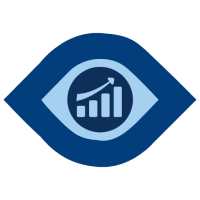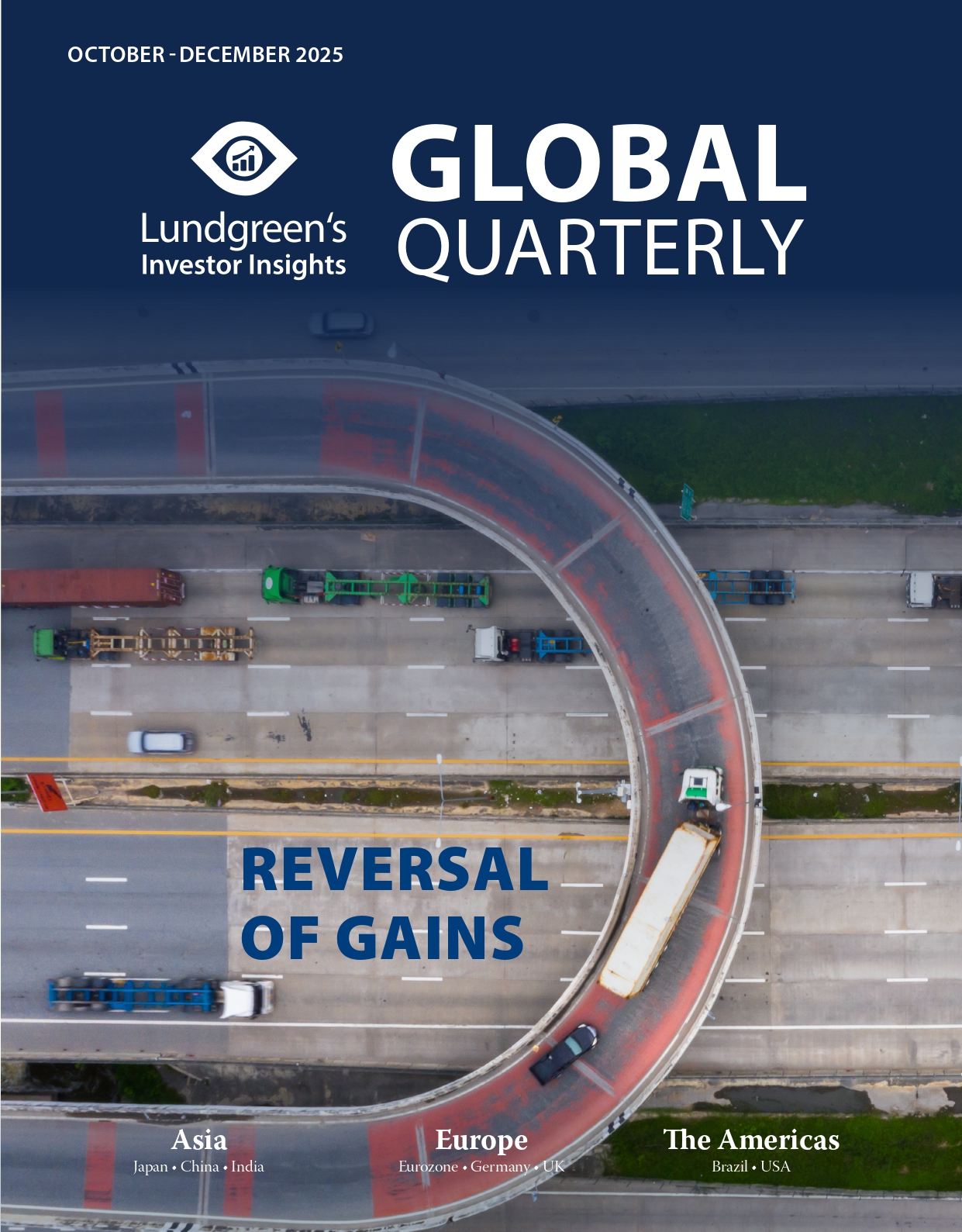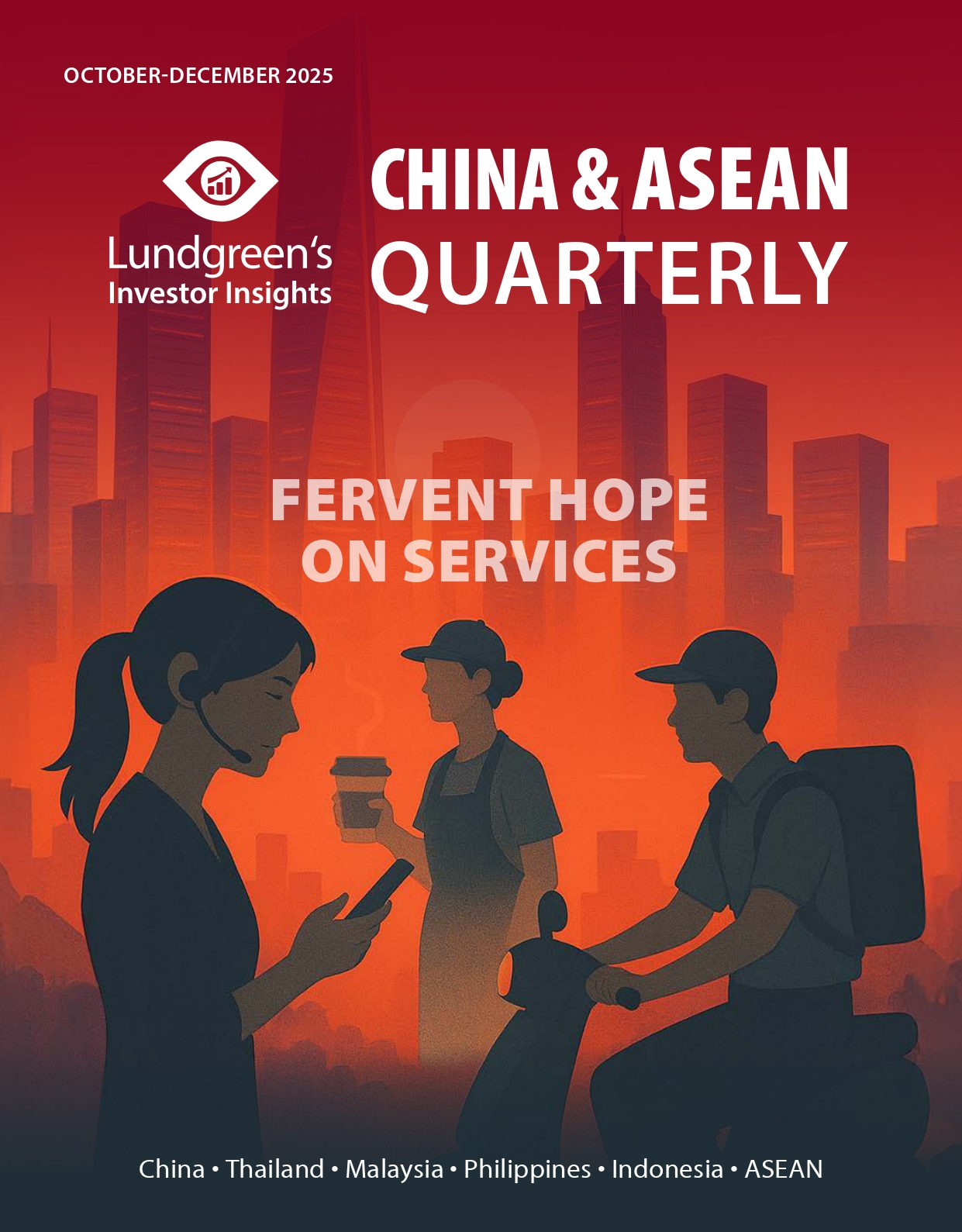Next Week in China: 28 July-1 August 2025
Major Data Releases:
- 28 July: He Lifeng, Vice Premier of China’s State Council, to visit Sweden on 27-30 July for trade talks with the US
- 30 July: China to report Q2 business revenue of enterprises above the designated size engaged in culture and related industries
- 31 July: Hong Kong to report June retail sales data
- 31 July: Hong Kong to report advance estimate for Q2 2025 GDP
- 31 July: China’s National Bureau of Statistics (NBS) to report July Purchasing Managers’ Index (PMI)
- 31 July: Taiwan to report advance estimate for Q2 GDP
- 01 August: Caixin to report July industrial PMI for China
With next week being the last week of the month, major data releases for mainland China will be minimal by convention. However, close attention should be given to trade talks between the US and China in Sweden, ahead of the 12 August deadline for a final deal.
We expect no major surprises in the July PMI reading, with the manufacturing PMI likely to edge up slightly closer to 50. In June, the Manufacturing PMI, Non-Manufacturing Business Activity Index, and Composite PMI Output Index were at 49.7, 50.5, and 50.7, respectively, each rising by 0.2-0.3 percentage points from the previous month. Notably, June is typically a lean month for production, but this year, the off-season is not so off as China’s manufacturing PMI outperformed seasonal expectations. The production index stood at 51, well above the boom-bust line. Among the 21 industries surveyed by the NBS Service Industry Survey Center, 11 were in the expansion range, four more than in May, indicating a slight broadening of manufacturing prosperity within China. However, some indicators diverged: the Emerging Industries PMI (EPMI) the Business Confidence Index (BCI) fell month-on-month as the manufacturing PMI rose. Among the broader industry indicators, the PMI likely has a higher share of large firms covered in the survey, while BCI samples are mostly private small and medium-sized enterprises. Structurally, the June PMI showed that sentiment of large companies improved while that of smaller firms declined. The PMI for large enterprises was 51.2, up from 50.7; for medium-sized enterprises, it was 48.6, up from 47.5; and for small enterprises, it was 47.3, down from 49.3.
In July, the EPMI slowed by 1.1 points month-on-month to 46.8 due to the off-season but turned positive year-on-year, with the slowdown softer than the seasonal average. The mid-level prosperity index weakened slightly, with only New Materials across seven sub-sectors remaining in the expansion range. The industrial off-season had a significant impact on the latest EPMI, but such decline was smaller than the seasonal average. The absolute prosperity level was 0.7 points higher than the same period last year, turning from negative to positive. Looking at sub-indices, both supply and demand among emerging industries declined slightly, while sales prices stabilized under the Chinese government’s “anti-involution” policy targeting product price wars. In July, input prices continued to fall, but sales prices stopped declining and began to rise. Sales prices for new energy, energy conservation and environmental protection, and electric or hybrid vehicles all increased at varying degrees, likely due to the intensifying price war crackdown to seemingly supports the slight recovery for PMI data.
Chinese stocks have rallied week-on-week. As of Thursday, 24 July, the MSCI China Index had increased by 3.92 per cent from last week’s close, the Shanghai Composite Index rose by 2.02 per cent, the Shenzhen Component Index by 2.56 per cent, and the ChiNext Index by 3 per cent. During this period, mid-cap shares slightly outperformed small- and large-cap stocks. From a style perspective, growth stocks outperformed value stocks. Looking ahead, policies to temper excessive price competition among producers have been successively implemented to exceed expectations. This is beneficial in the long run for the stable development of related industries and the improvement of industry concentration, which is favourable for the improved performance of listed companies. In the short term, most “anti-involution” industries both have low valuations and low positions, and price increases are driving catch-up gains. Meanwhile, new government plans to stabilize growth in 10 key industries — including steel, non-ferrous metals, petrochemicals, and building materials — are about to be introduced, so the “anti-involution” theme should remain active and would help maintain market enthusiasm.
Since China stocks hit new breakthroughs beginning April, margin financing funds have shown sustained net inflows, with the current margin balance reaching RMB 1.89 trillion (USD 264 billion), approaching previous highs. Overall, policies to stabilise the capital market have been effective and the downside risk of the market appears controllable. In the long run, there is considerable potential for the market to move higher, but supportive conditions must be sustained.
This piece has been co-produced with Yiyi Capital Limited in Hong Kong, a China specialist and a part of a global financial services group.







